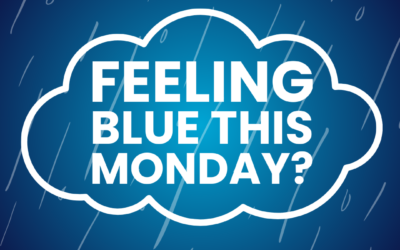If you’ve tried every notebook and organiser out there, but still can’t seem to get yourself in order with your work life and home life, then you might want to try bullet journaling. Filled with to do lists, calendars, doodles and anything else you want to log, a bullet journal is a way to track your thoughts using a simple notebook.
The bullet journal is the invention of New York-based designer Ryder Carroll, who developed the system after aiding his friend plan her wedding.
While it may sound complicated at first, a bullet journal isn’t that hard to put together or stay on top of.
What is a bullet journal?
A bullet point list is the core factor of this innovative note-taking style. The main idea is to simply write down short, sharp notes instead of full sentences and use symbols to rank the importance of each point. Calendars and goal trackers are also used in a bullet journal allowing you to keep on top of everything you’ve completed that month and what you need to carry over.
Can I use a bullet journal for work?
When it comes to boosting your productivity at work, a bullet journal can really help you get the most out of your day. It’s a flexible way to log what needs to be done and when, and is suitable for many different professions.
Noting down everything you need to do and arranging it in priority can help you feel more prepared. It’s also the perfect tool for tracking your appraisal objectives and any other goals across the year.
If you want to try this out for yourself, follow our basic guide to bullet journaling for beginners to get you started.
What do I need to start bullet journaling?
If you want to get even more creative, you could try using calligraphy pens or coloured pencils to decorate the pages even more – although this isn’t essential.
There are a few key things you need to do when it comes to your bullet journal. First of all, you need to outline your pages. Many online resources recommend starting off with an index page to make it easier to find your notes. You can also use index tabs as a way to highlight different sections. Label the first 2-4 pages with ‘index’ and fill this in as you go along.
What is a future log?
A key part of the bullet journal is the ‘Future Log’. This is where you divide a few pages into a calendar and note down things which are happening (such as holidays or other events) and things you would like to happen (such as your goals and aims) for each month. You can split it up into six or 12 months, depending on what you’d prefer.
There’s also the option to break these down into monthly, weekly or daily logs, which enable you to plan out your entire day/month/week in more detail.
What is rapid logging?
‘Rapid logging’ is where you quickly jot down everything you want to do that day. There’s a structure to organising your rapid notes, which general follows this pattern (although you can devise your own):
- Tasks are signified with a simple bullet point
- Events are shown with a circle
- Notes are listed with a dash
When the task is complete, you can change the point into an ‘X’ or a tick.
You can then categorise your notes even further with signifiers, which can help give them additional context. Try the following:
- Highlight priorities with a star
- Signify inspiration with an exclamation mark
- Show observations or things you want to look into further with an eye

These are just some of the basic pages you’ll need, but you could go all out and have pages dedicated to anything and everything such as:
- Books to read
- Courses to take
- Project to do lists
What is bullet journaling “migration”?
Migration is the next stage of a bullet journal where you collate and look over everything you’ve logged. Any tasks which are still left to do can be moved over to another month or crossed out if they’re no longer relevant.
Using a bullet journal can be an effective tool to help with your productivity. It doesn’t have to be used just for work either, you can create separate ones for work and home life or use one journal for everything.








